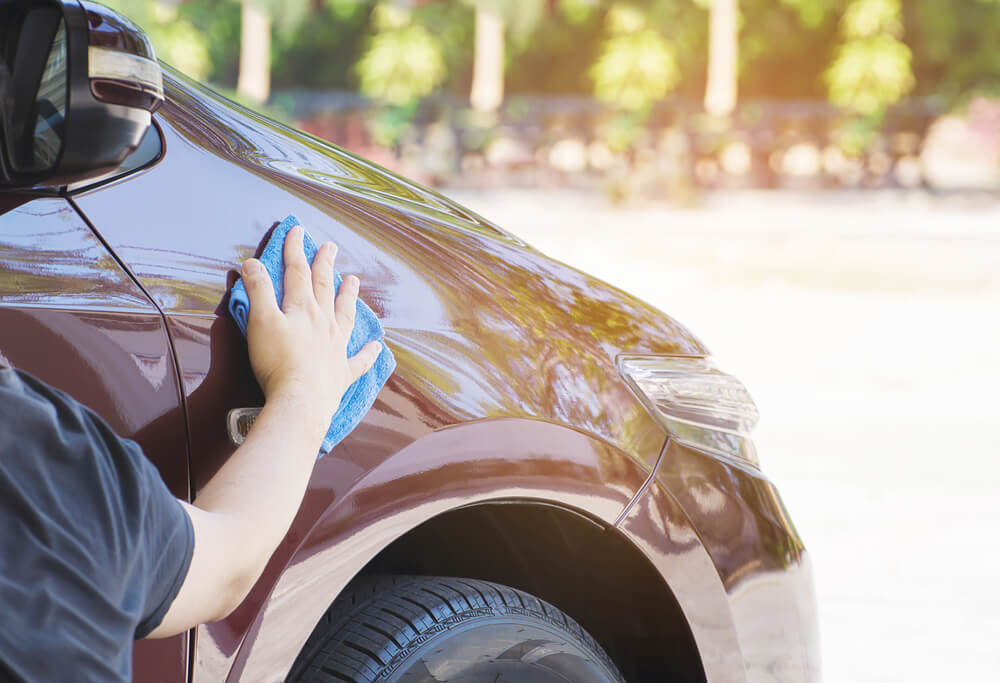Waxing Your Vehicle: Xpert Tips and Common Questions

First, your vehicle should be waxed on a consistent basis. When you don’t wax your car, the grime left on the paint can damage it. The wax literally serves as a topcoat over the protective clear coat that is meant to keep your paint color from fading. However, the clear coat is prone to scratching, which can dull the finish.
In time, some factory sealants can break down from factors such as acid rain, UV rays, or road salt, thus making the paint even more vulnerable. Waxing will help protect the clear coat by preserving oils that can prevent oxidation.
Think of a coat of wax as a shield for your car’s sensitive “skin” when exposed to sun, snow, ice and salt. How often you need to apply that extra shield mainly depends on climate, type of wax, and your personal preference, along with budget.
Climate
Generally, vehicles exposed to harsh weather, including rain, snow, salt, and dirt will need to be waxed more often. Even the sun causes oxidation and premature fading of paint. Still, the less exposure to any type of extreme weather is the best option. Vehicles parked in a garage can go longer between polishes.
Type of Wax
Car waxes come in paste and spray varieties. Keep in mind when it comes to purchasing wax, a higher price doesn’t always mean the wax is a higher quality, so you don’t need to spend big bucks. And it is best to find a nonabrasive car wax, which can be bought at stores like Advance Auto Parts, NAPA, or AutoZone.
The key is in how you wax. To start, be sure to have all the necessary equipment such as a good soft wash mitt and microfiber drying towel, which can bought at any auto parts store.
Wash off all contaminants first with a clay bar and take your time when waxing. Wax in a shaded area or garage to prevent it from caking and drying too quickly. Apply the product in a thin, even layer (too much wax will not add extra protection and could end up caking in small surface fissures and cracks in the car’s paint) and use a circular motion.
How Often
If you have consistently waxed your car over the years, then the good news is that you will have to do it less often. The general consensus from auto experts is to wax about every three months. There are exceptions where vehicle color is concerned. If your car is a darker vehicle, then three to four times a year is best, according to FinishLineAutoDetailing.com.
No matter your car’s shade, a more substantive option is to wax every 4-6 weeks during the summer; every 8-12 seeks during the fall; every 4-6 weeks in the winter; and every 8-12 weeks in the spring, writes James Dudra from Eco Touch.
Depending upon your personal preference and budget, if you want to maintain the minimum number of two times a year, then wax once in the spring just before summer and in the fall just before winter.
You can always test your car to see if it needs waxing by noticing if the water bubbles on the surface when you wash it. If not, then it needs to be waxed.
Keep in mind that waxing is not recommended if your car has the rare matte or flat finish.
Regular waxing will add the glimmer to your vehicle and much more. Preserving the paint and minimizing potential scratches through waxing serve as an investment for future resale value.
